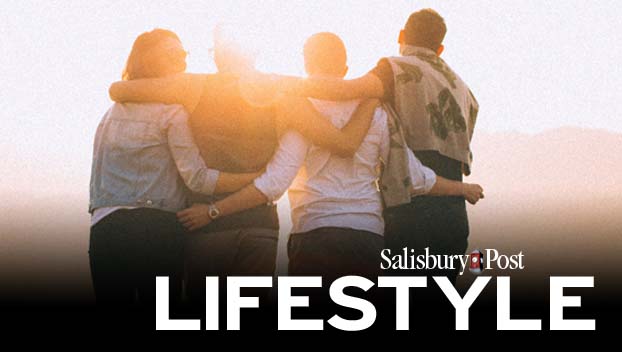Ester Marsh column: How to prevent kidney stones
Published 12:00 am Sunday, January 10, 2021
What are kidney stones, and can you prevent them?
Kidney stones are hard accumulations made of minerals and salt that form inside your kidneys. One of the big reasons they can form is from dehydration. Unfortunately, many of us, myself included, do not hydrate enough. When you are thirsty, you are already dehydrated. An unhealthy diet, excess bodyweight, certain medical reasons, medications and certain supplements can increase the risk for kidney stones. Unfortunately, you might be doing everything right and you still end up with a kidney stone. Genetics have a lot to do with it, too. We in North Carolina have a higher risk due to living in a warmer climate. And the warmer climate increases dehydration.
So what are symptoms? You can ask people who have had kidney stones, and they will tell you that all of the symptoms are painful! I have been fortunate not to experience a kidney stone but my husband has. He is one tough cookie, but it brought him to his knees.
Symptoms can be, but are not limited to, the following:
- Severe sharp pain in your lower back and/or side
- Pain that radiates to the front towards your lower abs and/or groin
- Pain that comes in waves and differs in levels
- Pain or burning while urinating
- Nausea, even vomiting
- Fever (if infection is present)
So what can you do trying to prevent kidney stones?
Eat a healthy diet, exercise and drink lots of water. Isn’t that the “cure all” for so many health issues? Many people take better care of their car than they do their own body. They do regular oil changes and tune ups, use good gas, and replace tires when needed, but don’t feed their own body the proper nutrients or hydrate enough. You wouldn’t put oil in your gas tank, right? And your car wouldn’t even run if you don’t put gas in it.
According to Wikipedia, between 1% and 15% of people globally are affected by kidney stones at some point in their lives. Generally, more men are affected than women. Kidney stones have affected humans throughout history with descriptions of surgery to remove them dating as early as 600 B.C.
Of course, if you think you have a kidney stone, go to your doctor! They can properly diagnose you and help you through the process. They might take a urine sample, do blood tests, or use ultrasound or CT scan. Your chance of getting another kidney stone after your first one is greater, so it’s even more important to stay hydrated, eat healthy and exercise.
Well, I am thirsty (already dehydrated), so I’m going to have me a nice big, cold glass of water!
Ester H. Marsh is health and fitness director of the J.F. Hurley Family YMCA.



